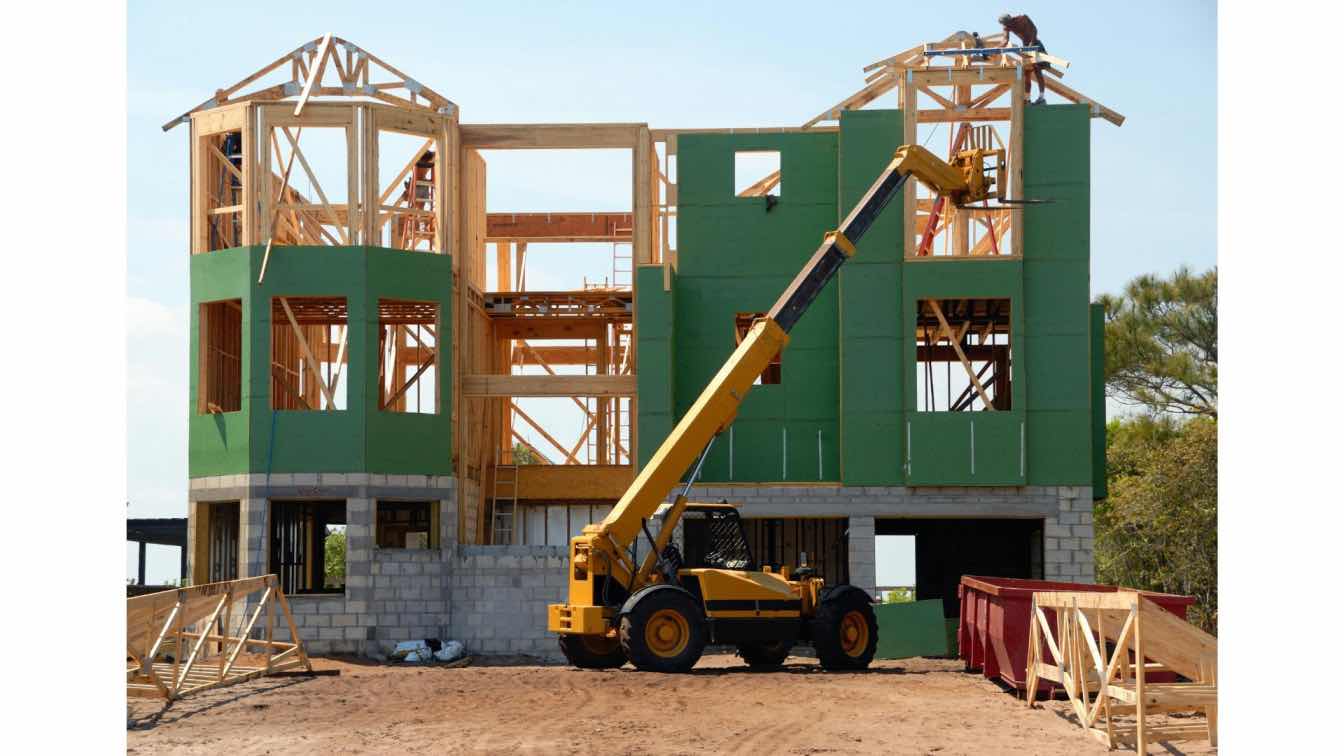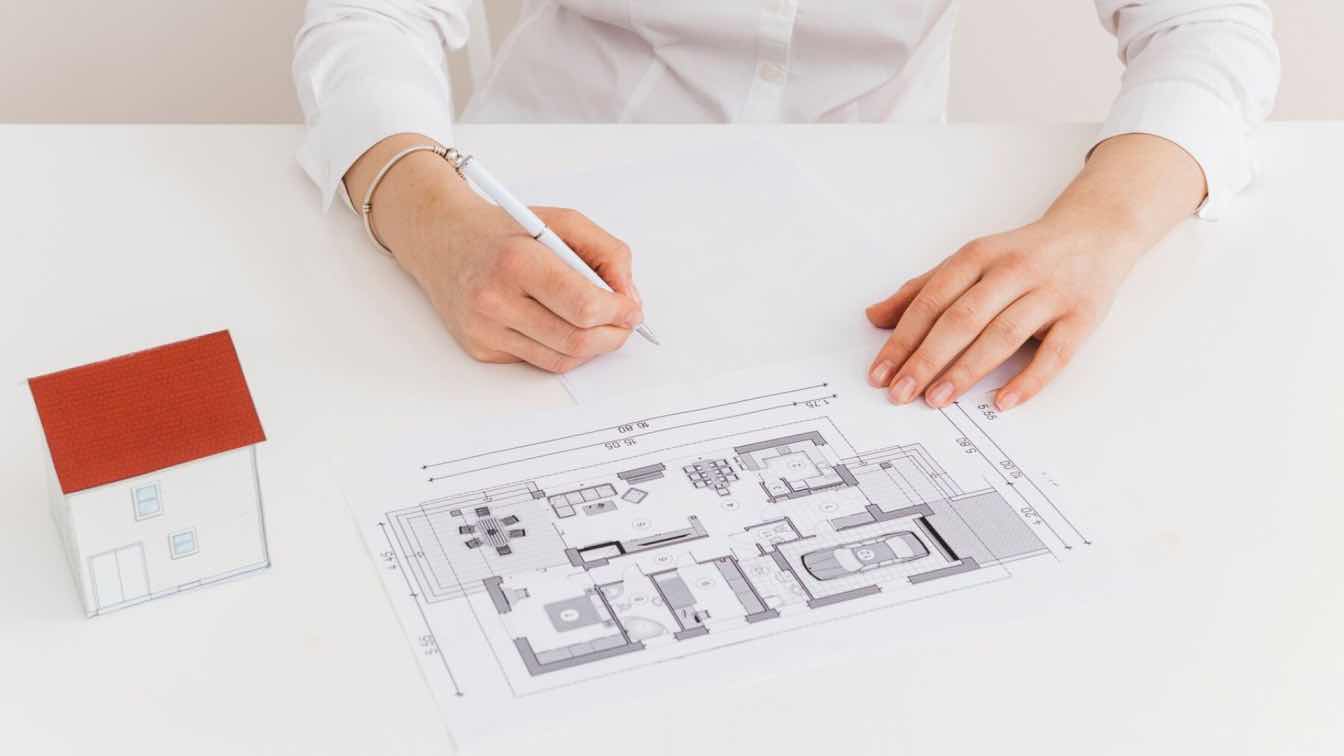Want to keep your construction crews safe while boosting productivity?
The construction industry has been through some serious changes over the last few years. With innovative safety practices transforming how we handle heavy equipment, there's never been a better time to upgrade your approach to jobsite safety.
Here's the problem: Construction remains one of the most dangerous industries in the world. 1,069 fatal occupational injuries occur in construction each year in the United States alone.
Here's the solution: Modern construction equipment now comes packed with cutting-edge safety features that can prevent accidents before they happen.
In this article, I'll walk you through the most innovative safety practices that are revolutionizing how construction teams work with heavy equipment.
What you'll discover:
- Why Heavy Equipment Safety Innovation Matters
- Smart Technology Integration in Construction Equipment
- Advanced Safety Systems That Work
- The Future of Construction Equipment Safety
Why Heavy Equipment Safety Innovation Matters
Construction equipment safety isn't just about following OSHA guidelines anymore.
It's about creating a culture where innovation meets protection. The stats don't lie – 75% of struck-by fatalities result from heavy equipment or machinery accidents.
But here's what most construction companies don't realize...
Modern safety innovations can completely transform your operations. When you properly transport heavy equipment between jobsites and implement the right safety systems, you're not just protecting workers – you're protecting your bottom line.
Equipment downtime costs thousands per day. Worker injuries cost even more. Smart safety practices solve both problems at once.
Building Authority & Trust
Think of safety innovations as your secret weapon for winning bigger contracts.
Clients want to work with companies that prioritize safety. They want to know their projects won't get delayed by preventable accidents. When you demonstrate cutting-edge safety practices, you're showing potential clients that you're serious about quality work.
It's simple logic: Companies with better safety records get better contracts. And better contracts mean better profits.
Reducing Insurance Costs
One of the most overlooked benefits of innovative safety practices is how they impact insurance premiums.
Insurance companies love construction firms that invest in modern safety equipment. Why? Because they know these companies have fewer claims. A 10% reduction in insurance costs can save a mid-sized construction company $50,000+ annually.
Smart Technology Integration in Construction Equipment
The construction industry is finally catching up with other industries when it comes to technology integration.
Here's what's happening: Construction equipment manufacturers are packing their machines with sensors, cameras, and AI-powered systems that can detect potential hazards before they become problems.
Real-Time Monitoring Systems
Modern construction equipment comes equipped with monitoring systems that track everything from operator fatigue to equipment performance. These systems use advanced sensors to monitor operator vital signs, track equipment vibration patterns, detect operator fatigue, and alert supervisors to potential safety issues in real-time.
The result? Accidents drop dramatically when operators know they're being monitored for safety reasons.
Collision Avoidance Technology
Remember when backup cameras were considered high-tech? Those days are long gone.
Today's construction equipment features 360-degree camera systems, proximity sensors, and automatic braking systems. These technologies work together to prevent the most common types of construction accidents.
For example, modern excavators can automatically stop when they detect a worker in their blind spot. Cranes can refuse to lift loads that exceed their capacity. Dump trucks can brake automatically when they detect obstacles.
Predictive Maintenance Alerts
Equipment failures don't just cause delays – they cause accidents. Modern construction equipment uses AI to predict when components are likely to fail.
Here's how it works: Sensors monitor thousands of data points including temperature, vibration, and wear patterns. The system analyzes this data to predict when parts need replacement before they fail catastrophically.
This isn't just convenient – it's a game-changer for safety. When equipment fails unexpectedly, people get hurt. Predictive maintenance prevents these failures from happening.
Advanced Safety Systems That Work
Let's talk about the safety systems that are actually making a difference on construction sites.
Automated Safety Shutdowns
Modern construction equipment can shut itself down when it detects unsafe conditions.
Excavators will stop digging if they detect underground utilities. Cranes will refuse to operate in dangerous wind conditions. Bulldozers will automatically engage their parking brakes if the operator becomes unresponsive.
These aren't just nice features – they're preventing serious accidents every day.
Proximity Detection Systems
60% of accidents happen to employees in their first year on the job. Why? Inexperienced workers often don't understand how dangerous heavy equipment can be.
Proximity detection systems solve this problem by creating invisible safety barriers around equipment. When workers get too close, alarms sound and equipment automatically slows down or stops.
Smart Personal Protective Equipment
Personal protective equipment has evolved far beyond hard hats and safety vests.
Today's smart PPE includes:
- Helmets with built-in communication systems and heads-up displays
- Vests with sensors that monitor workers vital signs
- Boots with GPS tracking and fall detection
- Gloves that can detect hazardous materials
This equipment doesn't just protect workers – it provides real-time data that helps supervisors make better safety decisions.
Drone Integration for Safety Monitoring
Drones are becoming essential tools for construction safety monitoring. They can inspect hard-to-reach areas without putting workers at risk, monitor jobsites for safety compliance, and provide real-time aerial views during complex operations.
The best part? Drones can spot safety issues that human observers might miss from ground level.
The Future of Construction Equipment Safety
We're just scratching the surface of what's possible with construction equipment safety innovation.
Here's what's coming: Fully autonomous construction equipment that can work safely alongside human workers. AI systems that can predict accidents before they happen. Augmented reality systems that give operators superhuman awareness of their surroundings.
Artificial Intelligence Integration
AI is transforming construction safety in ways we couldn't imagine just a few years ago.
Modern AI systems can analyze patterns in accident data to identify high-risk situations. They can monitor worker behavior to spot fatigue or distraction. They can even predict when weather conditions might create safety hazards.
The result? Construction companies that embrace AI-powered safety systems see dramatic reductions in accident rates.
Augmented Reality Training
Traditional safety training involves classroom lectures and maybe some hands-on practice. Augmented reality training puts workers in realistic dangerous situations without any actual risk.
Workers can practice operating equipment in hazardous conditions, learn to recognize potential dangers, and develop muscle memory for emergency procedures. All without any chance of getting hurt.
Robotic Safety Assistants
The next generation of construction equipment will include robotic assistants that can:
- Spot workers and warn them of approaching equipment
- Automatically guide equipment around obstacles
- Perform dangerous tasks without human intervention
- Provide real-time safety coaching to equipment operators
These systems will work alongside human workers to create the safest construction sites in history.
Putting It All Together
Innovative safety practices in modern construction equipment aren't just about preventing accidents – they're about creating a competitive advantage.
Companies that invest in cutting-edge safety technology see lower insurance costs, reduced equipment downtime, improved worker morale, and better contract opportunities.
The construction industry is changing rapidly. Equipment is getting smarter, safer, and more efficient. The companies that embrace these changes will dominate their markets.
Bottom line: Modern construction equipment safety isn't just about compliance – it's about creating a sustainable competitive advantage that protects both workers and profits.
Don't wait until an accident forces you to upgrade your safety practices. Start implementing these innovative approaches today and watch your construction business transform into an industry leader.





